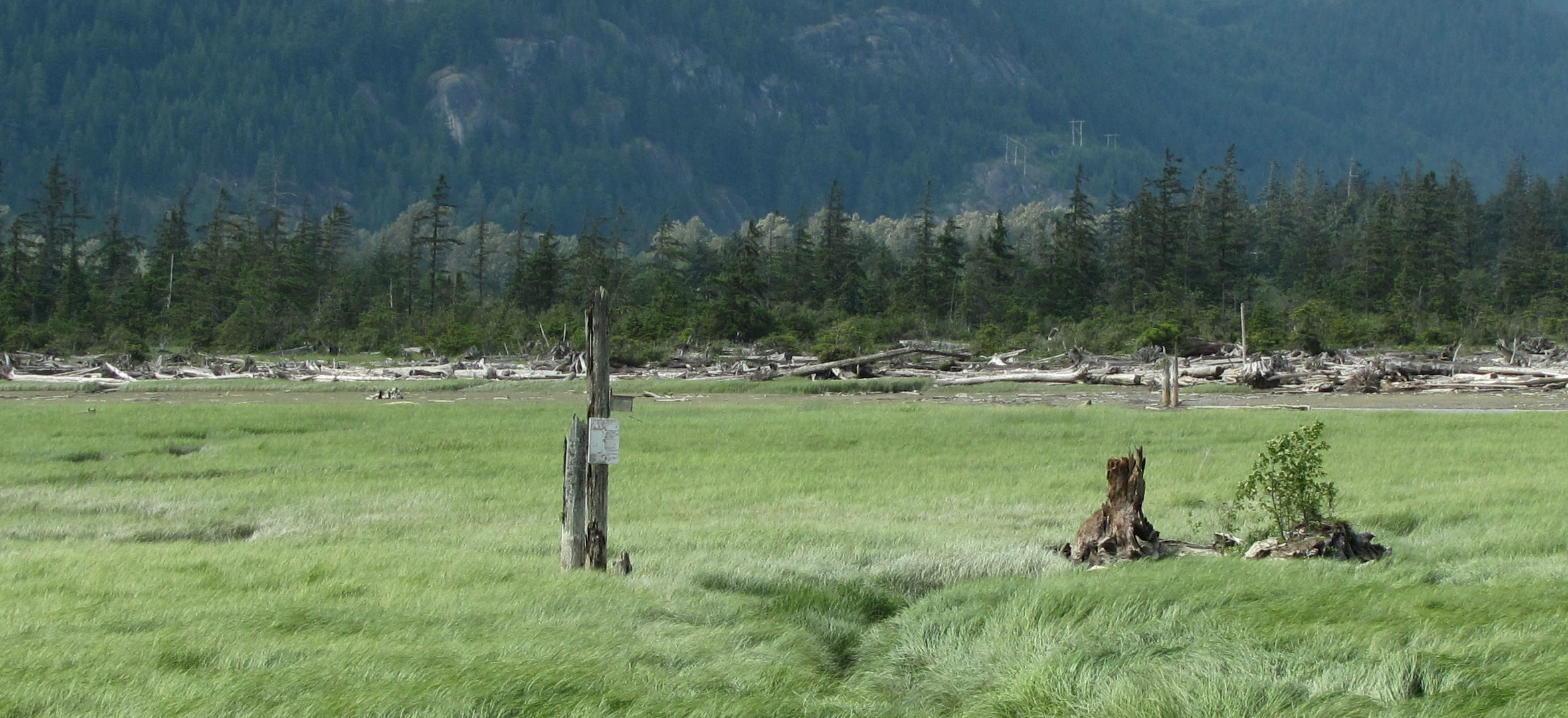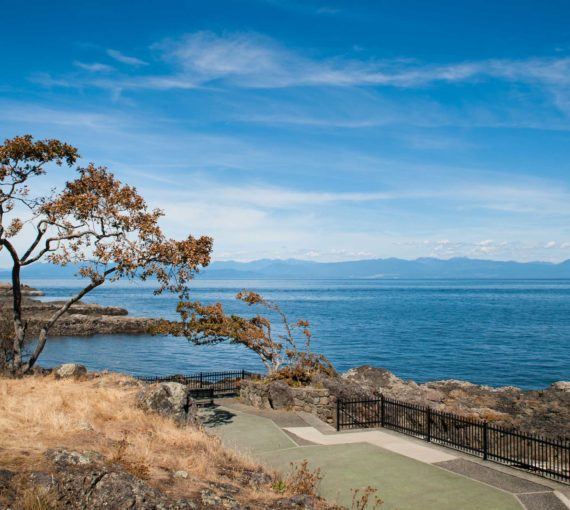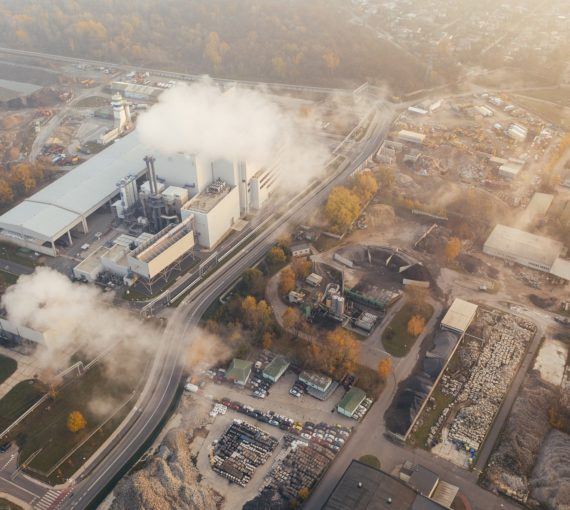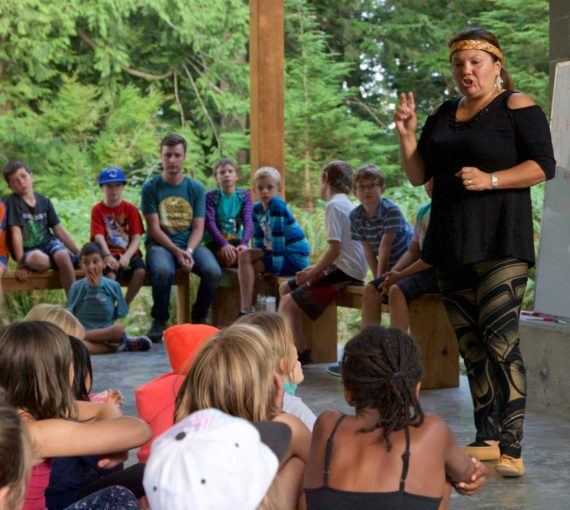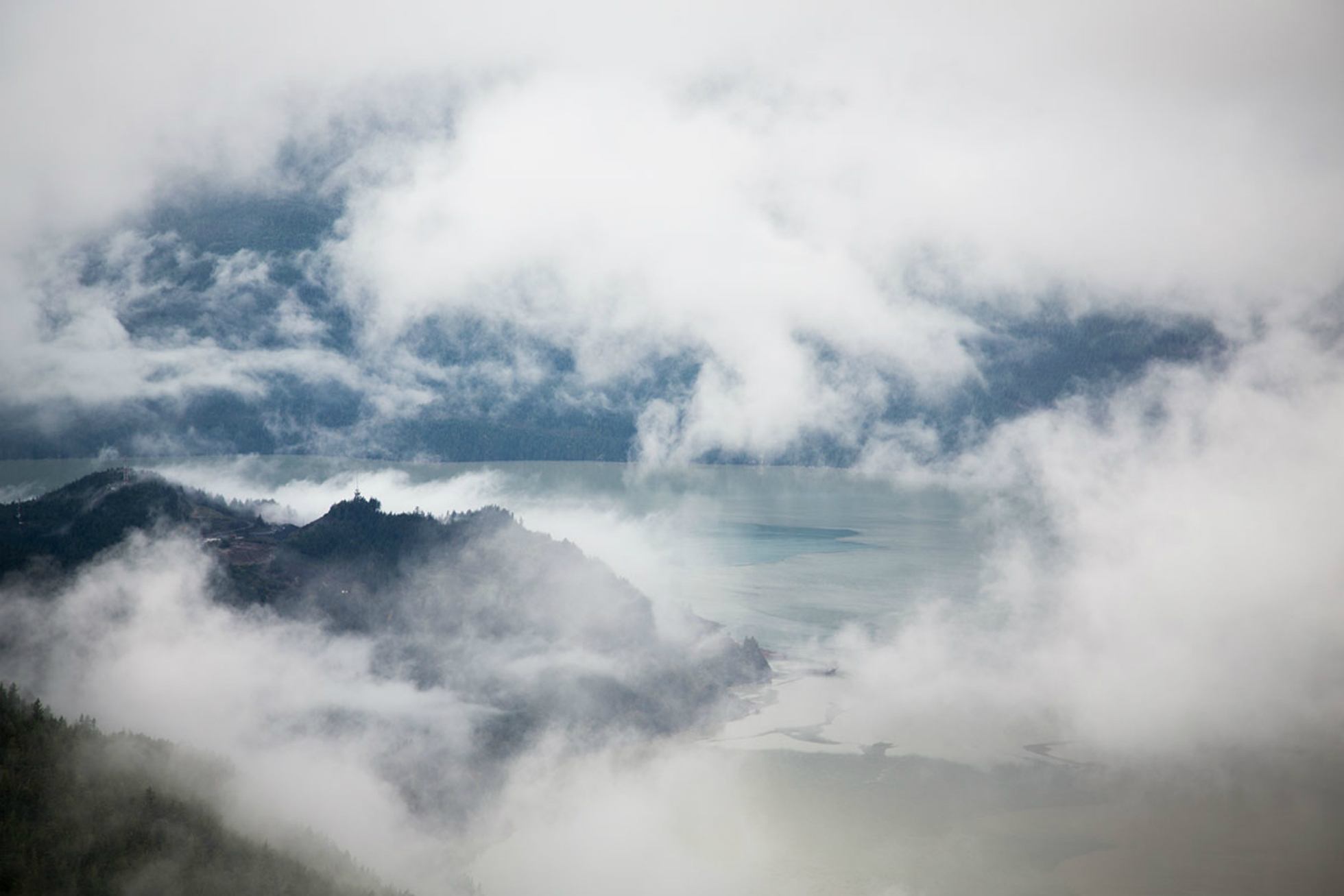
A David Suzuki Foundation study of Howe Sound concluded that the value of estuaries for carbon storage and sequestration save us approximately $15,000 per year. (Photo: Kris Krug)
We all know about kitchen sinks, but what about carbon sinks? These are ecosystems that suck greenhouse gases out of the air and store them in plants or in the soil under the plants. The gases stored in aquatic habitats are called blue carbon.
When plants photosynthesize, they pull carbon dioxide from the atmosphere and store it in their roots and shoots. When they die and get buried in the sediment-laden water that flows into estuaries, this stored carbon is released through decomposition and captured in estuary soils. These richly organic soils can capture and store up to five times more atmospheric carbon than rainforests, an important function as the effects of climate change become increasingly severe.
“Estuaries are one of the most abundant habitats in terms of biodiversity.”
Estuaries shelter a variety of species, including salmon before they migrate into the ocean. “Estuaries are one of the most abundant habitats in terms of biodiversity,” says Kimberley Armour, Blue Carbon Project Manager with the Squamish River Watershed Society. “They’re super, super rich areas and are considered to be the nurseries of the sea.”
Estuaries give us places to live and play, as well as to set up industries. They face heavy development pressures, leading many to question incentives for protection.
“You won’t find someone who doesn’t value the estuary,” Armour says, “but that doesn’t mean the economy values the estuary. If we can give these areas economic value just for being estuaries, that makes it exciting.” The David Suzuki Foundation calculated the value of estuaries for carbon storage and sequestration in our report, Sound Investment: Measuring the Return on Howe Sound’s Ecosystem Assets, and concluded they save us approximately $15,000 per year.
Squamish is one of the few communities in B.C. whose stewardship group is collecting data to help the provincial Climate Action Secretariat find ways for people to claim blue carbon offsets in estuaries. Owners of land containing estuary habitat, for example, could sell carbon credits and earn money by protecting rather than developing it.
“There needs to be other layers of protection as well,” Armour explains. “But this is another tool in the toolbox to protect these really abundant habitats.”
The Squamish project will measure how much carbon is stored in salt marshes in the estuary by mapping the marshes, taking soil samples and analyzing vegetation. It will also raise awareness of how much of the original estuary has been lost due to diversion of the Mamquam and Squamish rivers from their traditional floodplain to allow for ongoing development in downtown Squamish.
The project demonstrates the importance of protecting remaining and increasingly valuable habitats such as estuaries. Disturbing or developing over estuaries not only removes their potential to absorb additional greenhouse gases, but also releases stored carbon back into the atmosphere for up to 10 years.
As more B.C. communities start collecting blue carbon data, provincial methodology will be strengthened. If your community wants to get involved, check out the resources on the Blue Carbon Project page and contact the Squamish River Watershed Society.
